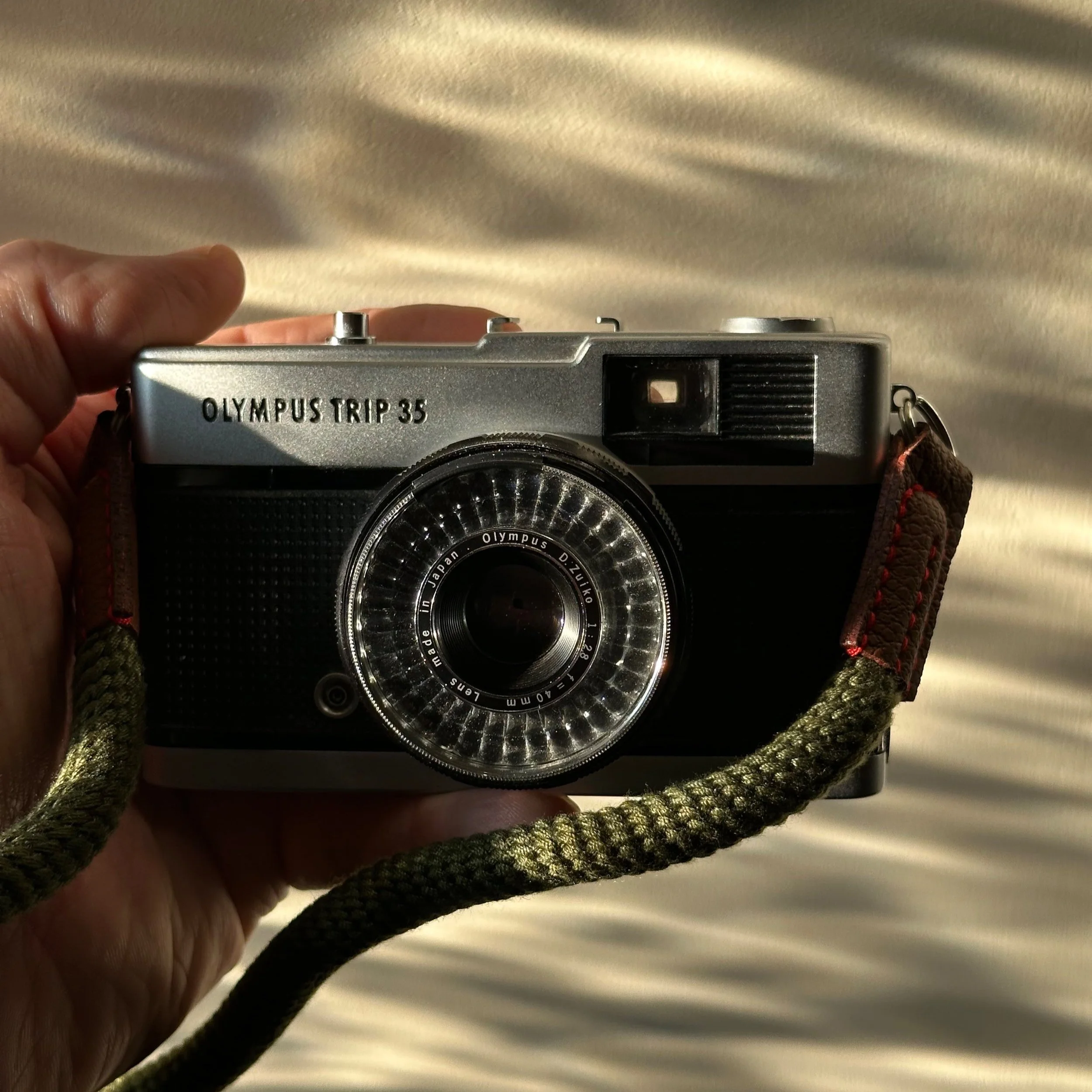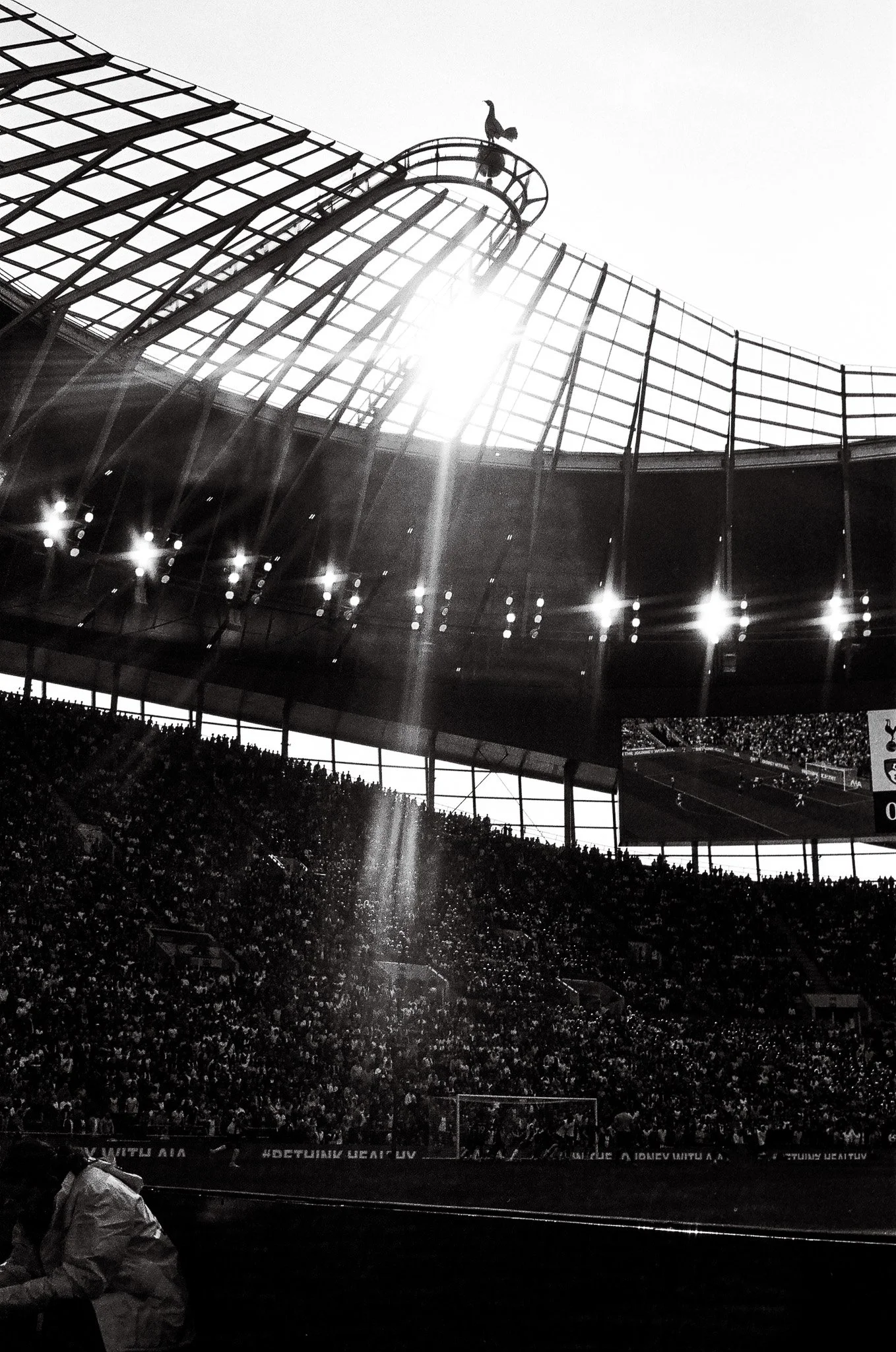Film > Digital
When I first discovered photography, digital was in its relative infancy and film was still the primary medium on which most people took photos.
For me, taking a photo on film feels more authentic and gives you a more real sense of connection with the image whereas digitally captured images feel disposable and worthless in comparison.
There’s something about the process that makes you more invested in the images when you shoot them on film, firstly there’s only a limited number of frames on a roll of film, 24 or 36 depending on what you’ve bought. Then there’s the fact you don’t get to see the taken image straight away, you have to finish the roll, send it off for processing and wait for the scans or prints to come back. this process gives you a sense of uncertainty too, did everything work as it should, will the images be as you pictured them in your mind, did you get the timing right, etc…
There’s so much that can go wrong and there’s so long between taking the image and seeing the image that by the time you see them you (hopefully) get a sense of relief that they turned out well and there’s a sense of reminiscing that digital just can’t replicate.
My Olympus Trip 35, I believe it was manufactured sometime in the late 60s or early 70s, it has no battery instead relying on a mechanical light meter powered by solanum cells that circle the front lens element. I bought this camera on my lunch break from college for around £25 from Doncaster market, it’s sat on my book shelf for around 20 years since then and still works perfectly.
Back when I was in college a roll of film was roughly £3 - £4 for black and white and the Fuji Velvia slide film that I used to shoot was around £6.50 - £8.50, on top of this you’d have to pay to have it developed, black and white film I would develop myself in the dark room at college but slide film I’d have to send off to a lab at a cost of around £7.50 - £10 per roll depending on if you wanted the slides mounting or not.
the whole process of taking the images, developing them and then printing them yourself in the darkroom was so much more involved and something that I used to absolutely love doing. It sounds daft but it’s so much more of a physical process than you might imagine if you haven’t done it yourself, extracting the film from it’s canister, loading it into the developer reel and tank, agitating the chemicals, timing each stage, swapping chemicals and transferring the developed film from the developer tank to the drying racks, cutting the negatives in to strips, putting them into the storage / handling sleeves… all of these steps which if done incorrectly can irreversibly ruin the images you’ve created mean that by the time you have a set of fully developed negatives to review you’ve really invested in the process.
Film is making a bit of a come back now, I think it’s gone full circle in the sense that it’s now old enough to be cool, that said; it’s very expensive now, a roll of black and white film is close to £10 a roll and decent colour negative film is £20 a roll, the cost of development is high too, costing around £10 per roll just for development, a further £10 for basic scans and £20 if you want prints too.
But, I think it’s worth it.
Above are some of the images I took from a trip to see Tottenham with my son and his brothers, they were shot on a 40 year old Olympus Trip 35 that hasn't had a roll of film through it in at least 20 years but it worked beautifully and I’m really happy with the images it produced.
The difference with these compared to if I’d of shot them on digital is that these truly capture the feeling of the day, whereas digital I think would have felt more posed.
Take for instance this photo of my son, we were on the train coming home, he was laughing and joking with his brothers and I just snapped this photo quickly. As I couldn’t see the results straight away, I didn’t know what I had but I knew I’d pressed the button, hopefully captured something and that was all I’d know until I had the roll of film developed. Compare that to if I’d of taken it digitally and been able to review it straight away, I’d of likely asked him to sit nicely, look at me and smile and I’d of made sure the image was fully focused meaning I’d of taken him out of the moment he was sharing with his brothers and taken a very staged image of him.


















